Fes, the spiritual capital of Morocco, holds a special place in the country’s rich tapestry of history. While many associate Rabat with being Morocco’s capital, it’s worth noting that this distinction only came about in 1912. Before then, Fes, along with Marrakech and Meknes, all served as imperial capitals during different periods of Morocco’s history.
The Mesmerizing Medina
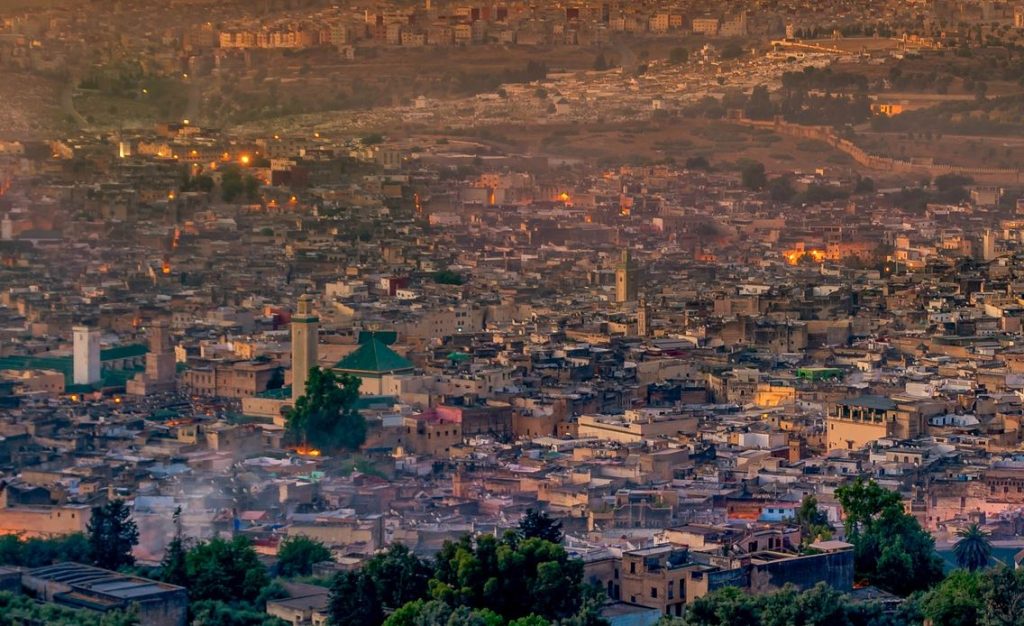
The heart of Fes lies in its medina, one of the oldest and most intricate in Morocco. Characterized by narrow winding alleys, this UNESCO World Heritage site is a living museum where time seems to stand still. The main artery, Talaa Kebira, stretches through the medina, lined with various merchants selling everything from traditional jewelry to handwoven carpets and aromatic spices.
The Famous Tanneries
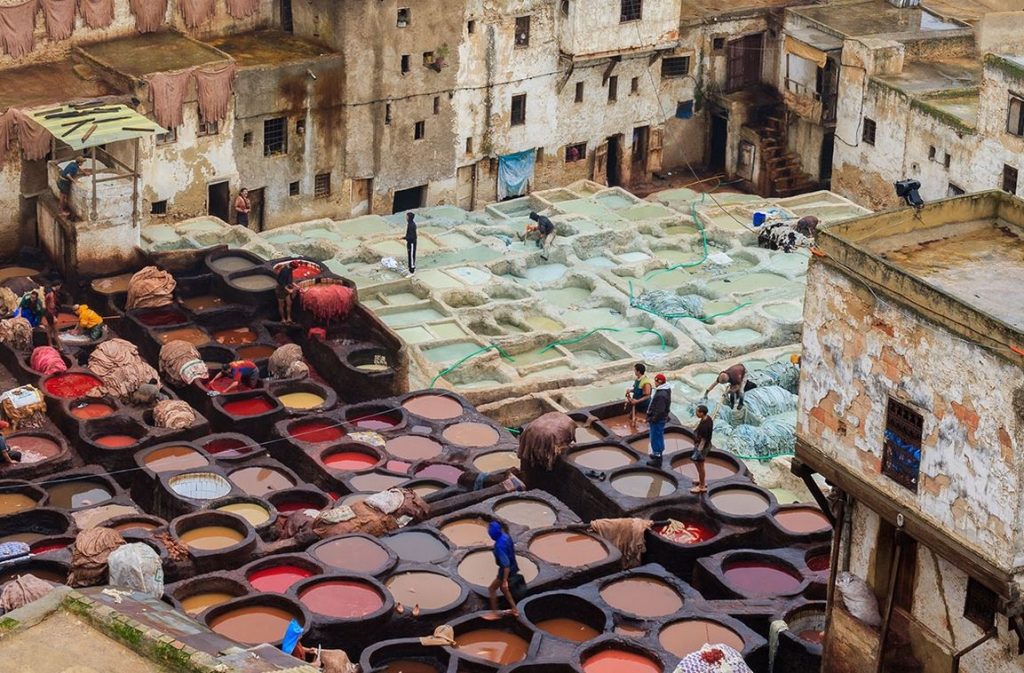
Perhaps the most iconic sight in Fes is its ancient tanneries, where leather has been processed using methods unchanged since medieval times. The most fascinating aspect is the traditional tanning process, which uses natural materials including:
- Pigeon droppings mixed with water for softening the hides
- Natural pigments for dyeing:
- Mint for green
- Henna for orange-red
- Cedar for brown
- Pomegranate and saffron for yellow
Visitor Tip: Be sure to accept the sprig of mint offered at the entrance – you’ll understand why when you get there!
The Qarawiyyin Legacy
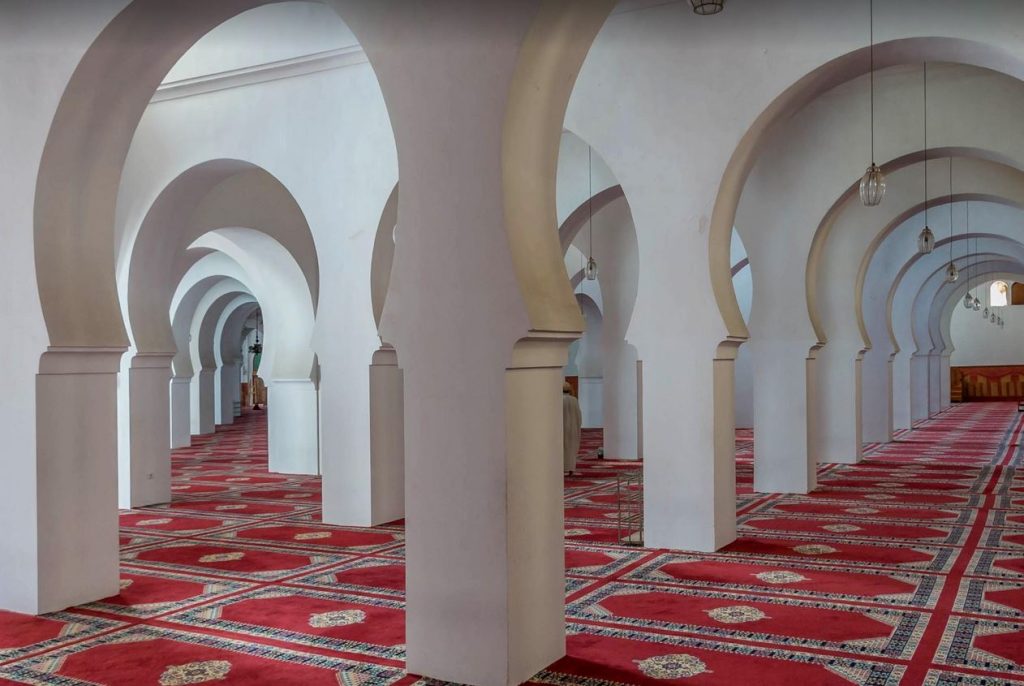
One of the city’s most significant landmarks is the University of Al Qarawiyyin, founded in the 800s by Fatima Al-Fihri. This institution holds the distinction of being one of the world’s oldest universities and continues to be an important center of learning in the Islamic world.
Artisan Quarters
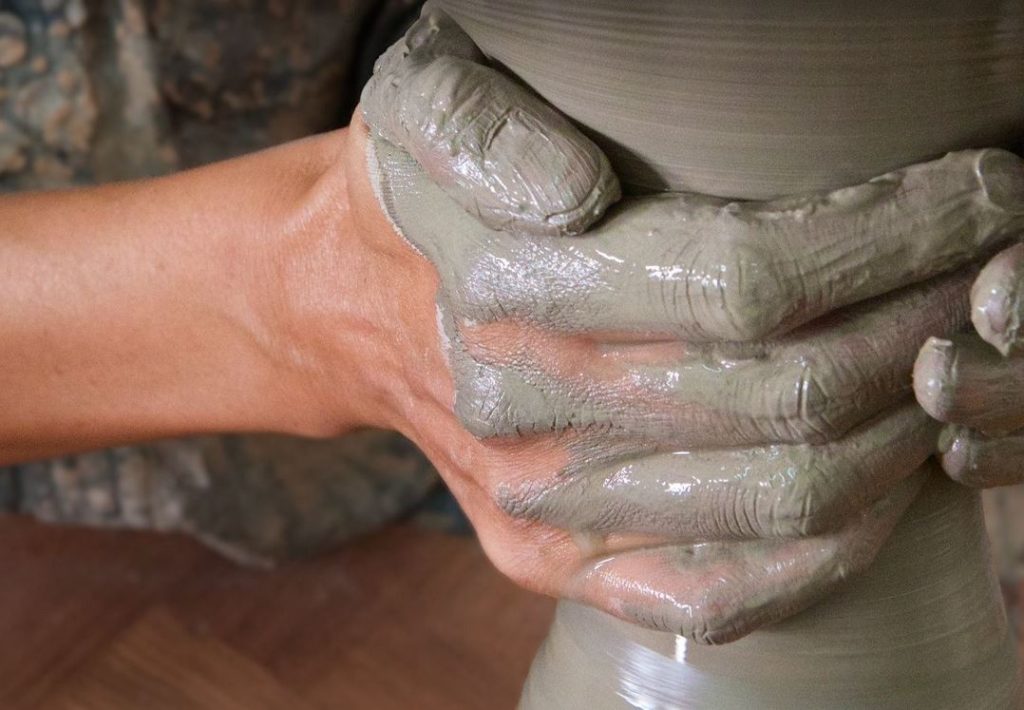
Fes is divided into distinct craft quarters, each dedicated to specific traditional crafts:
- The leather quarter with its tanneries
- The copper smiths’ quarter (Place Seffarine)
- The carpenter’s quarter
- The knife makers’ quarter
The Foundouks
Throughout the medina, you’ll find foundouks (also known as caravanserais), which historically served as merchant inns. These multi-story buildings once housed traders and their animals on the ground floor, with sleeping quarters above. Today, many have been restored and converted into artisan centers or cultural spaces.
Practical Tips for Visitors
- Navigation: The medina can be confusing to navigate. Look for street signs – square ones indicate through streets, while octagonal signs mark dead ends.
- Dining: While there are many tourist-oriented restaurants in restored palaces, seek out local eateries for authentic experiences and better value.
- Shopping: Each quarter specializes in different crafts, from leather goods to copper work. Take time to explore them all for the best selection.
- Best Time to Visit: Early morning or late afternoon is ideal for exploring the medina, when it’s less crowded and the temperature is more comfortable.
Fes remains one of Morocco’s most fascinating cities, where traditional craftsmanship and medieval urban life continue to thrive in the 21st century. Its preservation of ancient traditions alongside its vibrant daily life makes it an unmissable destination for anyone seeking to understand the heart of Moroccan culture.
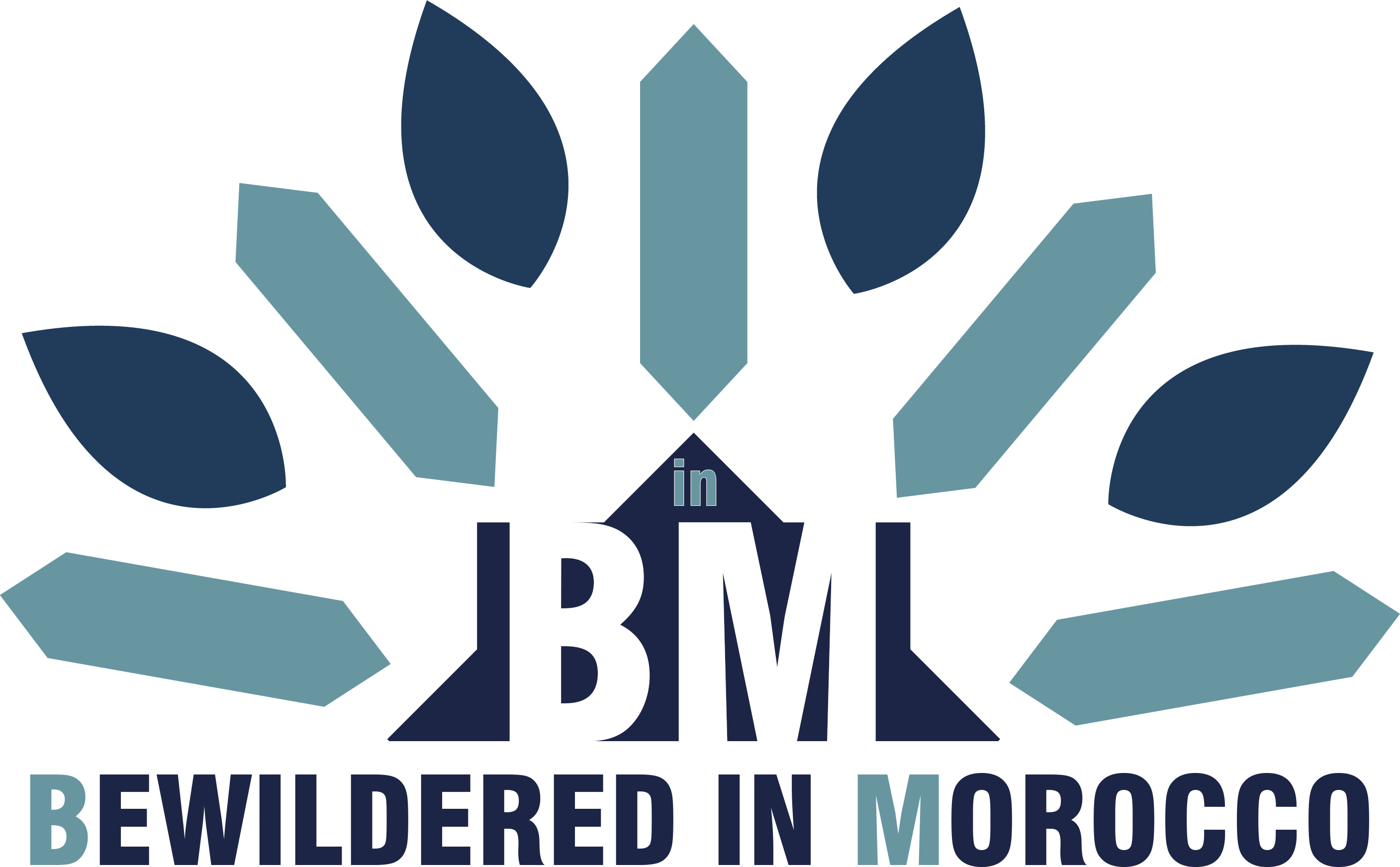
I had the chance to explore Fes with Smart View Travel , and I can confirm every word of this article! The medina is a true living labyrinth, the tanneries are impressive despite the smell, and the city’s history is absolutely fascinating. Thanks to their impeccable organization, I was able to fully enjoy this immersion into Morocco’s imperial past. An experience I highly recommend to everyone! 🇲🇦